My friend Arnie is the kind of person who does everything full-tilt. So it was no surprise when he told me he was getting a massive new flatscreen TV for his Super Bowl party. But there was a problem. He had no idea how he was going to get that beast all the way home from the store in one piece.
“Can I lay it down flat in my truck?” he asked. “Or is the liquid plasma stuff inside the screen gonna get all messed up and totally destroy my new baby?”
If you’re planning on getting a new flatscreen TV during all the great Black Friday deals, you might be wondering the same. It’s a question I get all the time. The short answer? “No, you can’t lay it down. And no, the plasma won’t mess up your TV.”
The long answer is below, along with some other tips about getting your new TV home in one piece.
Transporting Flat Screens: Opinions vs. Facts
Here are a few common opinions I found about moving a flatscreen TV, from typically credible places:
- “Never lay a TV flat when transporting it. I speak from experience.” (avforums)
- “There’s no real issue with transporting LCD’s laying down. They don’t have a pane of glass like plasmas do.” (MacForums)
- “Manufacturers recommend storing the TV upright, rather than flat or on its side” (Techwalla)
While there’s definitely an agreement that transporting flatscreen TVs horizontally can lead to damage, there’s some anecdotal advice that says this only applies to certain types of televisions. But is that really true?
First, let’s look at the two basic types of flat screens.
- Plasma screens consist of a double layer of glass holding millions of tiny cells containing microscopic fluorescent ‘lamps’ that produce an image. It’s a similar sort of technology that light bulbs use. Older models of flat screens are more likely to be this plasma type.
- LCD (liquid crystal display) screens contain millions of pixels, made of sub-pixels that are like windows with shades that let in different amounts of red, green, or blue light. These produce light in varying percentages to form the picture we see.
(Note: A third type, the LED (light-emitting diode) display, is basically an LCD screen, but with LED backlighting.)
If you want to read up on some finer points between TV types, here’s a handy guide.
“Whether you’re picking up a used flat screen TV or buying one new, be sure to set it vertically in your vehicle, right side up, with sufficient padding on all sides to keep it firmly and safely in place.”
So, despite what my pal Arnie was afraid of, there’s nothing inside either type of TV that’s going to get ruined, or settle at the bottom of your screen. As long as it remains properly vertical, your TV will be just fine no matter how many years it stands on your table, hangs on your wall, or sits in the moving truck if you’re moving long distance.
But, when it comes to keeping your flat screen safe, it doesn’t really matter which type it is. Both are susceptible to damage if transported or stored improperly.
But why is it bad to lay a flatscreen TV down flat? 
Because flatscreen TVs are designed to sit upright. More specifically, your TV is constructed to fully support that screen when it is vertical, but not at all when it’s horizontal. If you lay your TV down, the absence of support in the middle of the screen can cause cracking or distortion around the edges if left that way over time.
It’s fine to lay your TV down temporarily — like to attach accessories or clean it — but if you drive down the road with your TV laid flat you’re risking serious damage. A few bumps and jolts are all it takes for that screen to start sagging in the middle and cracking or warping under its own weight.
This is why glass-delivery trucks have those vertical racks on the sides, and why we movers always load mirrors and picture frames vertically.
See prices for local moving labor. Read real customer reviews. Easily book your help online.
Transport your flatscreen TV the right way
Whether you’re picking up a used flatscreen TV or buying one new, be sure to set it vertically in your vehicle, right side up, with sufficient padding on all sides to keep it firmly and safely in place.
If you are buying a used flat screen from someone who doesn’t have the original packaging anymore, take the time to protect it properly. A few thick blankets might work in a pinch, but if you can, packing your TV like it’s a mirror applies just as well.
Your TV, your wallet, and all your friends at your Super Bowl party will be glad you did.

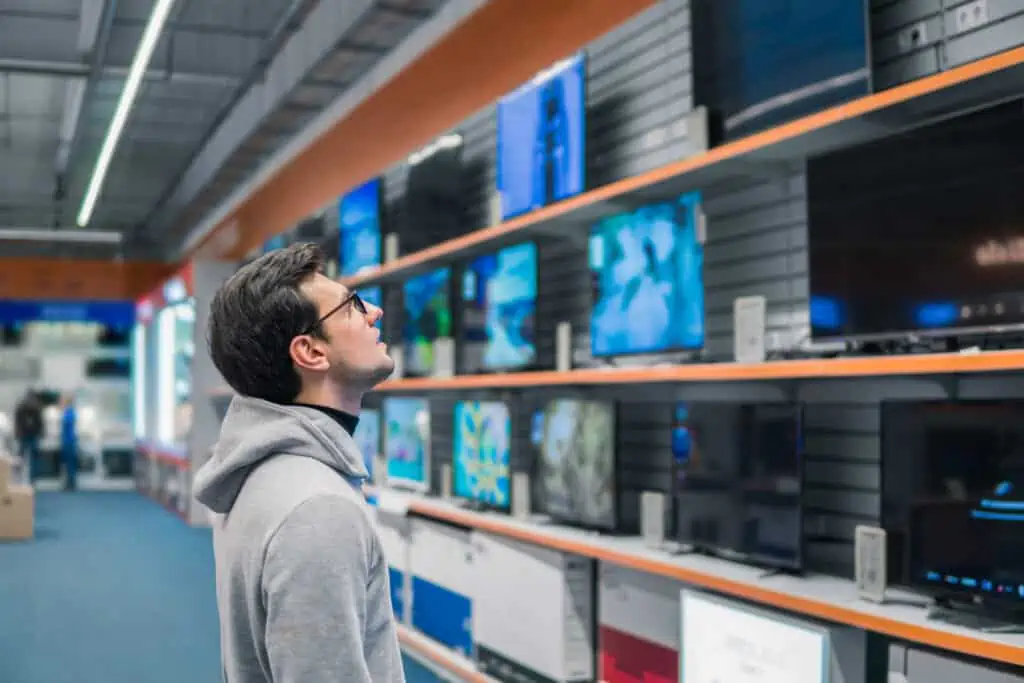
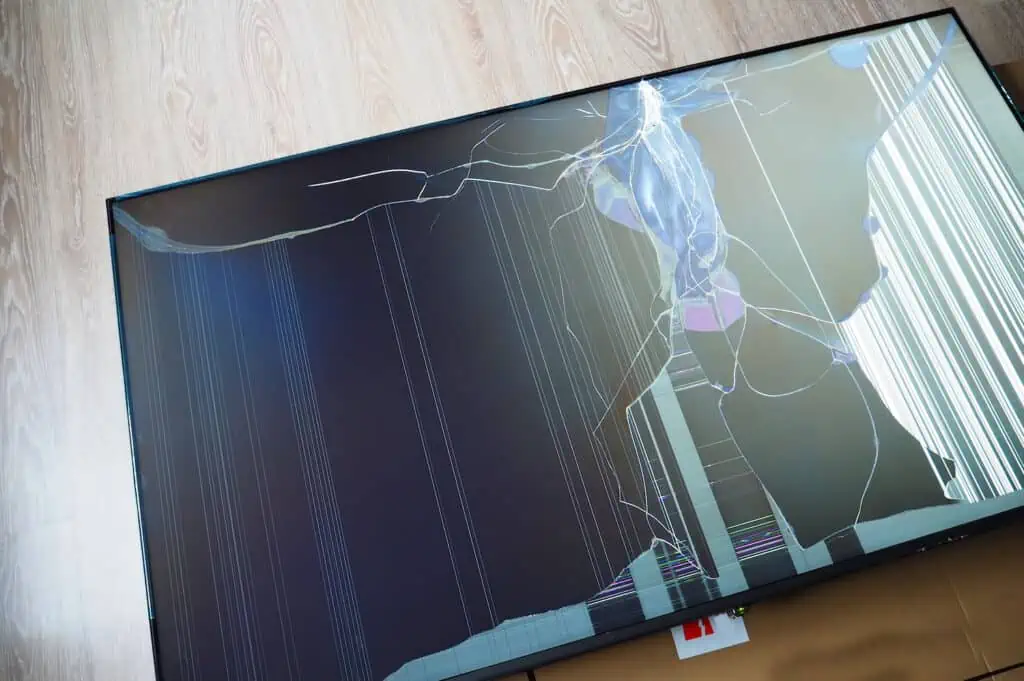


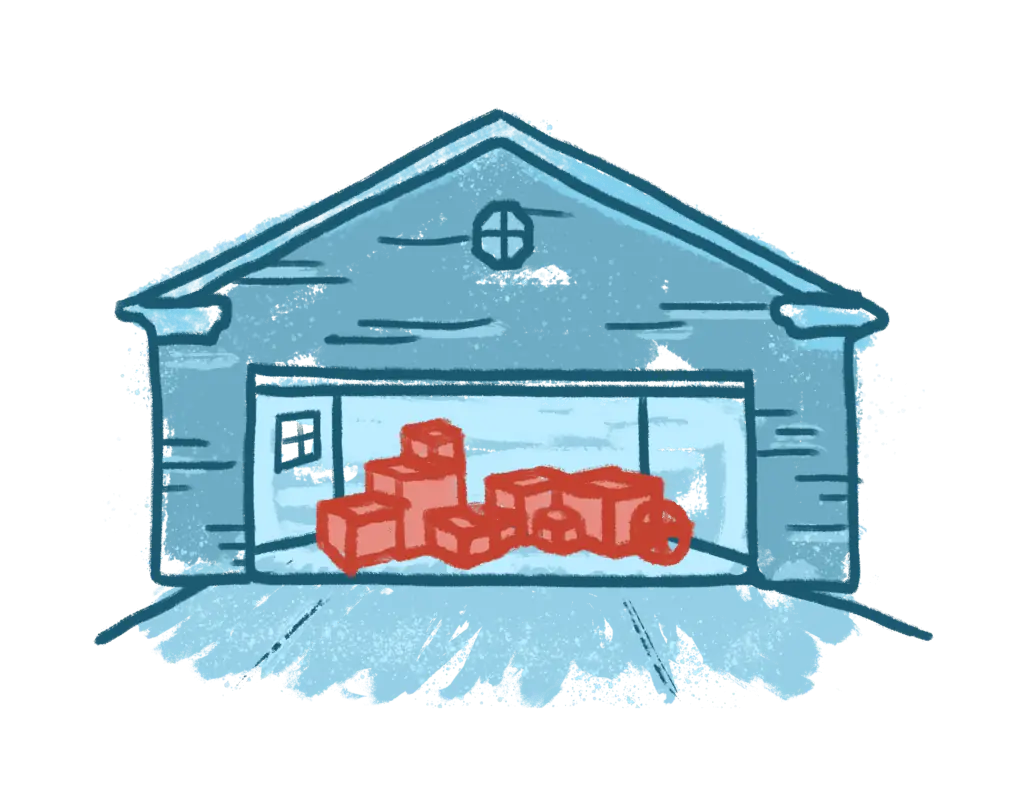


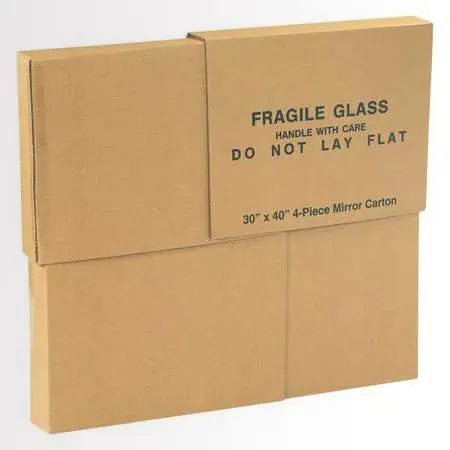
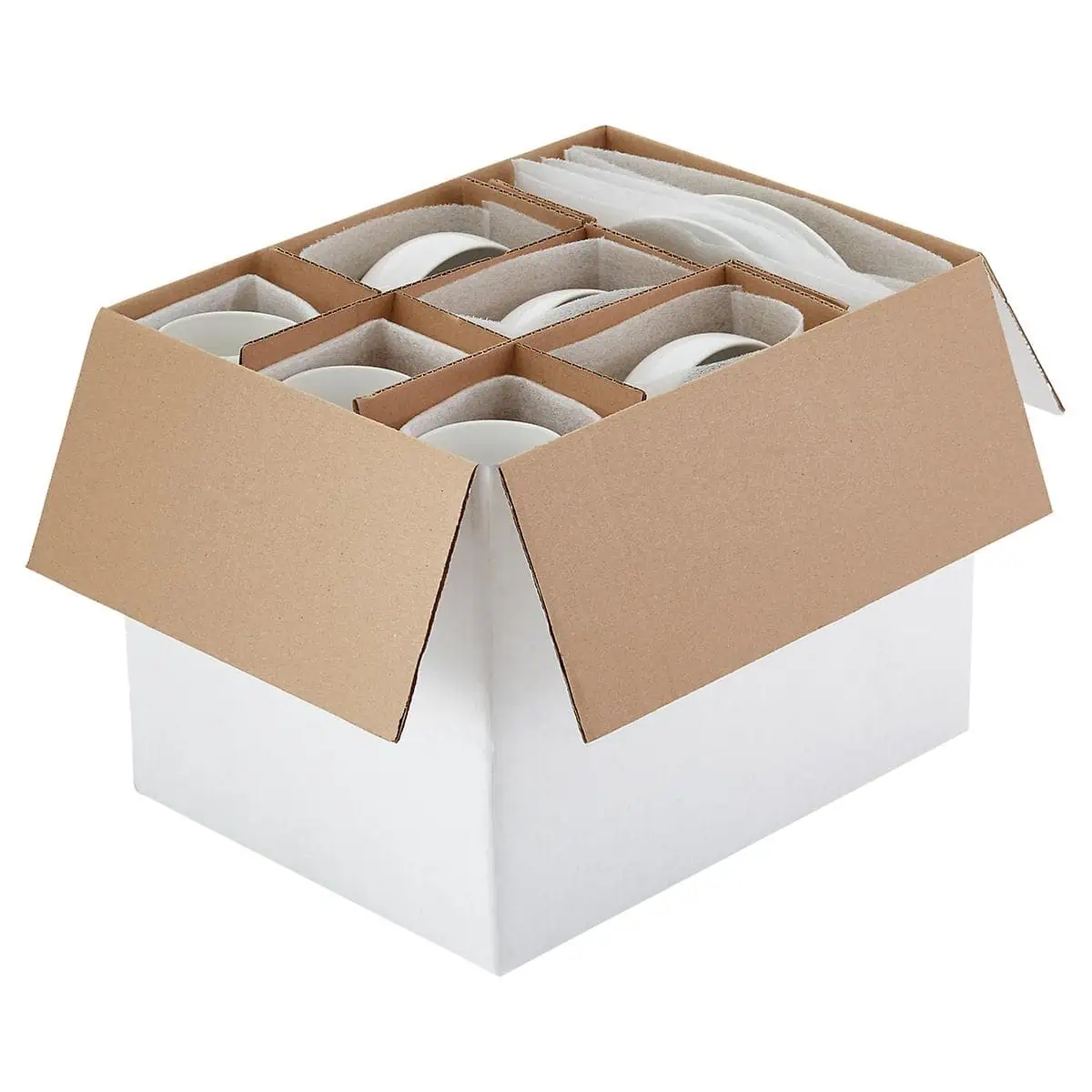
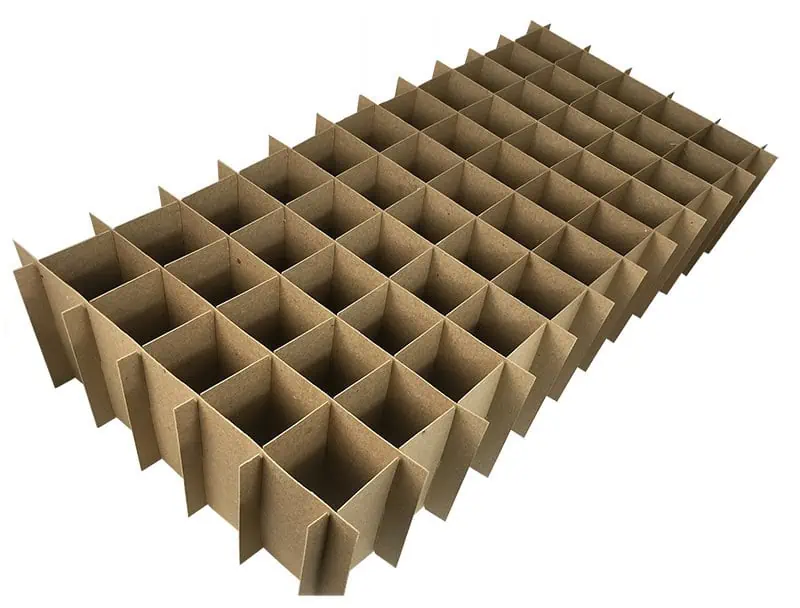
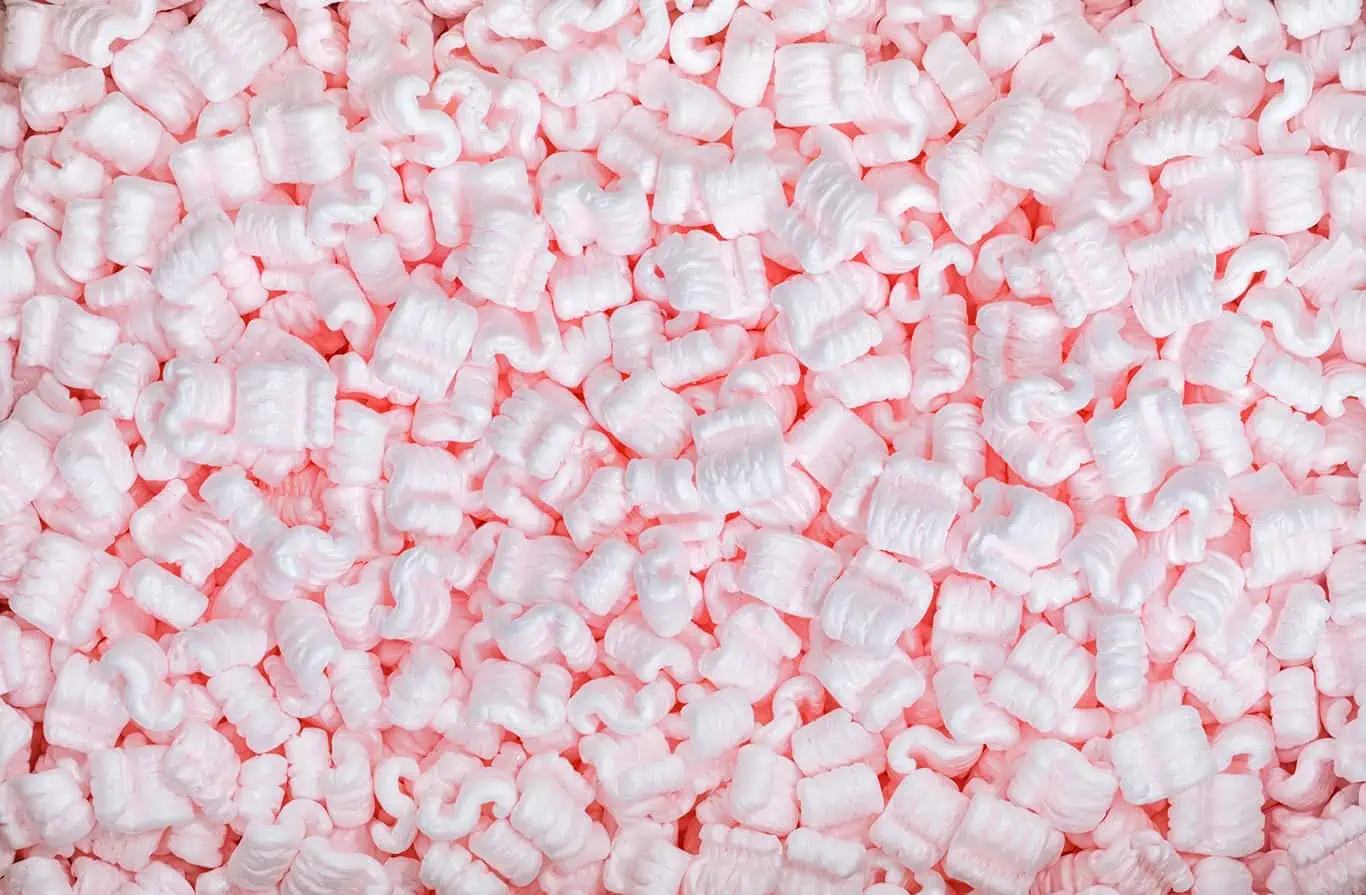 You may like the idea of those Styrofoam nuggets, but in general, they are bulky, costly, and non-biodegradable. The eco-friendly alternative cornstarch peanuts are even more expensive and don’t make for a very satisfying snack, no matter how hungry you are at the end of your move. Plus, they end up getting scattered all over the floor and clinging to your clothes. In short, use (and eat) them if you like, but I don’t recommend them.
You may like the idea of those Styrofoam nuggets, but in general, they are bulky, costly, and non-biodegradable. The eco-friendly alternative cornstarch peanuts are even more expensive and don’t make for a very satisfying snack, no matter how hungry you are at the end of your move. Plus, they end up getting scattered all over the floor and clinging to your clothes. In short, use (and eat) them if you like, but I don’t recommend them.